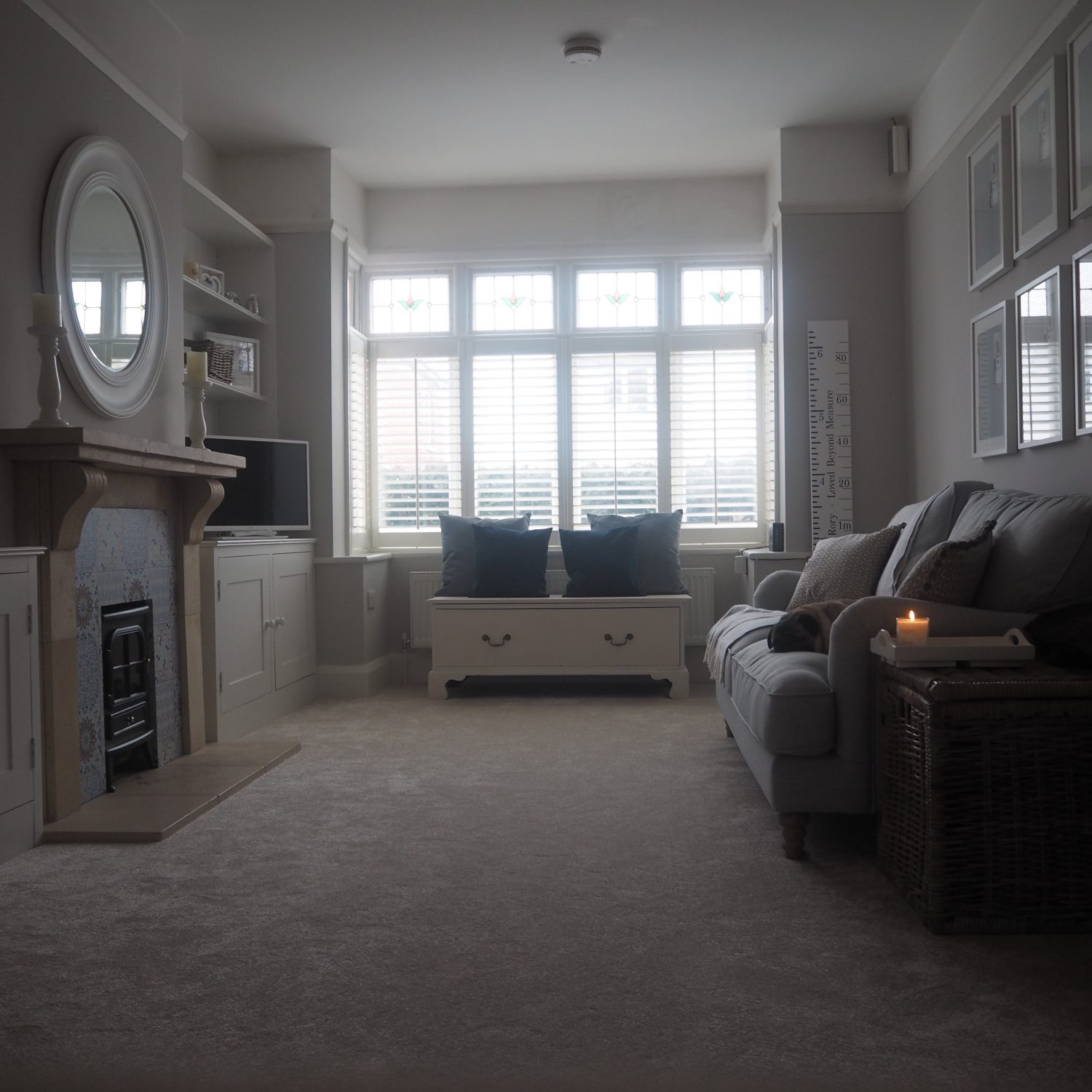
If you live in a very old property, you will certainly already know all about draughts! Usually, period properties haven’t been efficiently insulated which can cause very cold and draughty rooms. Heating the home will take a lot more money and effort, and some homeowners even find that it is impossible to entirely get rid of some of the breezes through their house.
However, a draughty house shouldn’t leave you pulling out your hair in frustration. In fact, if you follow these useful tips, you will find that you can completely draught-proof your home, no matter how old it is!
Insulate Loft Hatches
Most homeowners know that they need to ensure there are no gaps in the entryways and window frames in their home, but few take the time to check the hatch into their loft. If you notice that there are small gaps between the frame of the hatch and the surrounding wall, you should add some strips of insulating material. This is especially important if your loft isn’t well insulated, as the draught from up there could blow down through the hatch into the main parts of your home.
Double Glazing Or Glazing Film
Ideally, your home should have double-glazed windows. But don’t worry if it doesn’t have them, as there is an alternative that can be just as good at helping to insulate and draught-proof your home. And that is glazing film! All this is, is a roll of clear film that looks just like clingfilm. You simply spread this over the glass panels in your windows. Once you have applied it, you need to use a hairdryer to heat it up. Once it has been heated, the film will shrink to fit the window exactly. It will also become transparent so that you can see out of the window as before.
Get Floor-To-Ceiling Curtains
When we buy curtains, we often get them to fit the window perfectly. However, as this only just covers the window, the curtain can often let draughts out from underneath. However, this won’t be the case if you have floor-to-ceiling curtains. Montgomery Ready Made Curtains have long curtains that are perfect for this and will cover various sized windows and even French doors. The only time you shouldn’t hang such a long curtain, though is when there is a radiator underneath the window. Covering the radiator with a curtain will restrict the amount of heat that is radiated into your room.
Add A Brush To Your Letterbox
Did you know that letter boxes can be extremely draughty? They are also one of the areas that many homeowners forget to insulate properly. The quickest way you can prevent any breeze entering your home through your letter box is to add a brush to it. Most of these come ready to fit straight onto the back of your door. All you need to do is screw it on. You can also replace your current letterbox with an eco-friendly one. These are known as eco flaps and can be found in most hardware shops.

Think About Your Chimney
Another problem in period properties is the chimney breast. If you don’t use the fireplace that the chimney is attached to, you can simply block up the chimney. That way, there’s no way any draughts will get in through the chimney! However, if you do currently use the open fire, you won’t be able to draught-proof this area so easily. But don’t worry; there are some measures you can take to prevent too much breeze whistling out of your fireplace. One option is to buy a removable chimney balloon. This goes up the chimney and partially blocks the flume. If you ever want to light the fire, you can easily remove the balloon.
Floorboards Also Matter
Did you know that draughts can sometimes come up through the floorboards in your rooms? It’s true! Thankfully, there is a special filler you can use to seal up all the little gaps in between the boards. One of the best things about floorboard filler is that it is made from silicone, so the wood will be able to move without cracking. If you don’t like the idea of spending time on your knees piping filler between your boards, you can always just add some thick insulation to the void underneath your floor.
You don’t have to be plagued by draughts in your home all the time. As you can see, there are plenty of ways you can deal with them!
Love,

*This is a collaborative post
